The Runaways
Buy The Runaways The Southern California all-female teenage rock group The Runaways had a short and tumultuous career during the mid 1970s, a career which commenced with their 1976 self-title debut album. In […]
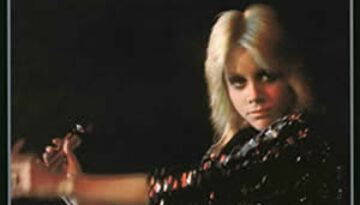
Buy The Runaways The Southern California all-female teenage rock group The Runaways had a short and tumultuous career during the mid 1970s, a career which commenced with their 1976 self-title debut album. In […]
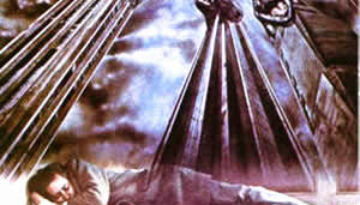
Buy The Royal Scam We’ve all heard of the genre called “outlaw country”. But with Steely Dan‘s 1976 fifth studio album, The Royal Scam, the group put forth a collection of songs that […]
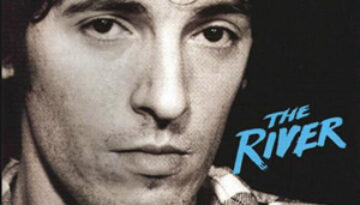
Buy The River Bruce Springsteen‘s fifth studio album, The River, is a massive album in both length and scope. Released in late 1980, this double album includes tracks that originated during the early […]
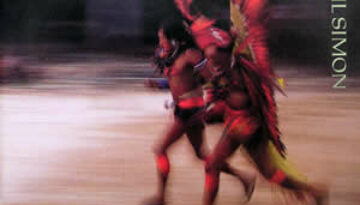
Buy The Rhythm of the Saints Ever the artist searching for a new, authentic sound, Paul Simon went to Brazil and employed the heavily percussive samba known as Batucada for his 1990 album, […]

Buy The Real Thing Faith No More found their signature sound and commercial breakthrough with The Real Thing in 1989. This was the first release by the band to feature vocalist Mike Patton, […]
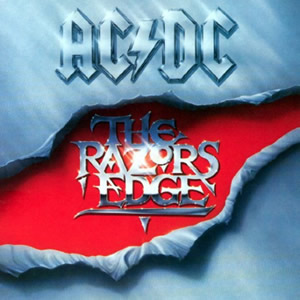
Buy The Razor’s Edge AC/DC showed the world that they were still an energetic and formidable band as they commenced the 1990s with the successful album, The Razor’s Edge. The music is upbeat […]
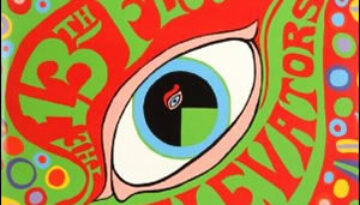
Buy The Psychedelic Sounds of the 13th Floor Elevators Emerging from Austin, Texas in the mid-sixties was the band which many consider to be the pioneers of psychedelic rock, The 13th Floor Elevators. […]
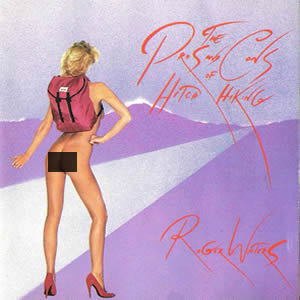
Buy The Pros and Cons of Hitch Hiking Roger Waters commenced his post-Pink Floyd career with a concept album that he largely composed while still an active member of the group in the […]
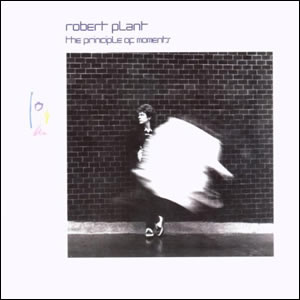
Buy The Principle of Moments The 1983 release of The Principle of Moments was the second solo album by Robert Plant, following the disbandment of Led Zeppelin in late 1980. The album follows […]
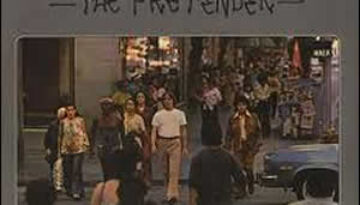
Buy The Pretender Written the the wake of a personal tragedy, The Pretender, by Jackson Browne brings the listener on a subtle journey. It begins by exploring the heavy burdens and trials of […]